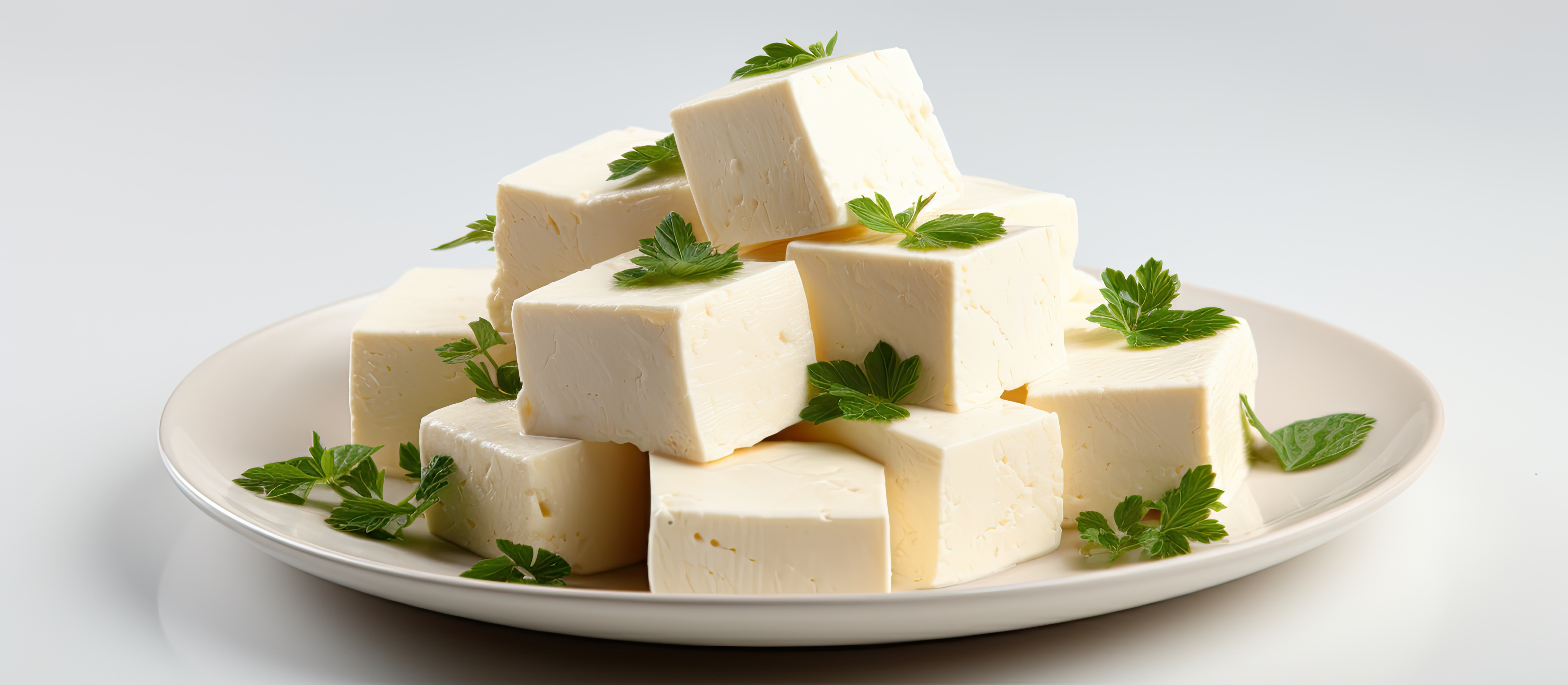Stay in the know - your monthly digest of health news, patient stories and exclusive conversations with CU Medicine providers. Sign up below, plus get a preview of insights delivered straight to your mailbox!
Recipe: Paneer
Paneer, a fresh cheese widely used in Indian dishes, is not only delicious but also packed with essential nutrients. The term "paneer" comes from the Persian and Turkish word "peynir," meaning "cheese." Its history can be traced to the 16th century when Persian and Afghan rulers introduced it to North India, initially prepared using goat or sheep milk.
Over time, the paneer-making process evolved. By the 17th century, the modern method of "breaking" milk with an acid like lemon juice was adopted, inspired by the Portuguese technique. This transformation resulted in the paneer known today.
Whether enjoyed in curries, kebabs or as a snack, paneer's rich history and nutritional value make it a popular choice for health-conscious individuals and food enthusiasts.

Ingredients
½ gallon whole milk, not UHT pasteurized
¼ cup lemon juice, more if needed
¼ - ½ tsp. salt
Directions
1. Heat the milk in a large saucepan over medium heat. Bring the milk to a simmer, just below boiling. Stir the milk occasionally, scraping the bottom of the pot to make sure the milk doesn't scald. The milk will look foamy and steamy.
2. Remove the milk from the heat and stir in the lemon juice. The milk should begin to curdle immediately, but it is ok if it doesn’t.
3. Cover the saucepan and let the milk stand for 10 minutes.
4. After 10 minutes, the curds and whey should be completely separated, and the liquid should look yellow and watery. If the milk hasn’t separated, try adding another tablespoon of lemon juice.
5. Set a strainer of colander over a mixing bowl and line it with a cheesecloth. Carefully scoop or pour the curds into the strainer, letting the whey collect in the bowl.
6. Gather the cheesecloth and gently squeeze to remove the excess whey.
7. Open the cheesecloth and sprinkle ¼ teaspoon of salt over the curds. Mix gently and taste. Add more salt if desired.
8. Transfer the curds still in the cheesecloth to a large plate. Shape them into a rough square and then fold the cheesecloth tightly around the curds to form a neat rectangular package. Set a second plate on top of the package and place something (cans, cast iron skillet, etc.) heavy to weigh it down. Press for at least 15 minutes or up to an hour.
9. Once pressed, the paneer is ready to eat. Fresh paneer will crumble. Refrigerated paneer will be firmer and can be sliced or cut as needed. Paneer can be fried in a
Nutrition Facts
Serving size: 1 ounce
Calories: 110
| Total Fat | 9g | 12% |
| Saturated Fat | 5.9g | 30% |
| Trans Fat | .2g | |
| Cholesterol | 30mg | 10% |
| Sodium | 35g | 2% |
| Total Carbohydrate | <1g | 0% |
Dietary Fiber | 0g | 32% |
| Total Sugars | <1g | |
| Includes 0g Added Sugars | 0% | |
| Protein | 7g | 14% |
This recipe was created in partnership with CU Anschutz Health and Wellness Center and adapted from www.thekitchn.com.
Do you want to learn to cook healthier for yourself and your family? Check out the latest CU AHWC Cooking Series offerings by clicking here.
Interested in weight loss? Learn more about the weight loss programs offered by the CU Medicine Weight Management clinic.
- Weight Loss 4 Life – Workshops and Group Support
- My New Weigh – 20 week program utilizing meal replacements

Leave a commentOrder by
Newest on top Oldest on top